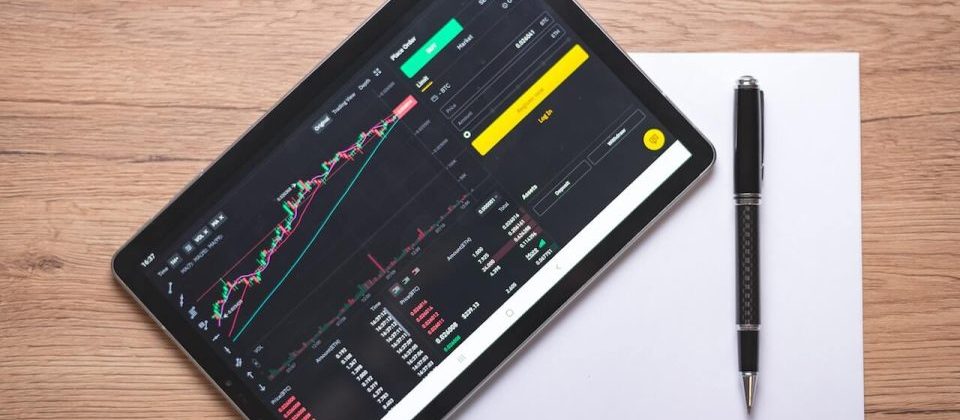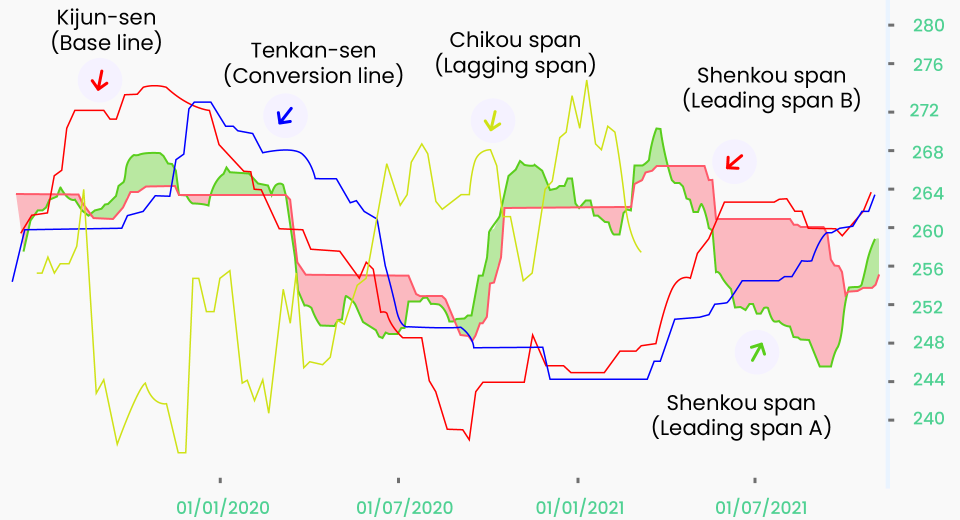Indices are baskets of assets that represent a segment of the financial market. Indices may be created based on industry, region, country or exchange. Stock indices are the most popular, since they benchmark the overall health of the economy or the sector they represent. The price of an index is determined by the underlying assets in the basket or list.
Why Trade Indices?
Index trading offers multiple benefits over trading individual stocks:
- It gives traders consolidated exposure to a large selection of assets without needing to own any of them.
- It facilitates diversification with a single investment, at lower cost.
- Indices have higher liquidity and can be traded with tighter spreads.
- Using derivative instruments, such as CFDs, allows traders to speculate on rising as well as declining markets.
- Leverage enhances market exposure.
Pick the Index
To begin index trading, you first need to choose an index and learn all about it.
The most popularly traded indices in the EU are the DAX 40 (Germany) and FTSE 100 (London Stock Exchange).
Nasdaq 100 (Nasdaq stock exchange), S&P 500 (Top 500 companies in the US), and Dow Jones Industrial Average (the oldest index) are the most popular and globally most traded indices.
How to Trade Indices as a Beginner?
Derivative instruments are popular among index traders because of their low entry barrier and availability of leverage. However, considering risk tolerance is essential because leverage amplifies both gain and loss potential due to larger market exposure.
Start with understanding the factors that move indices, such as:
Macroeconomic News
Indices are the benchmarks for an economy. Economic updates, such as GDP, inflation, central bank interest rate decisions and consumer sentiment affect index prices. For instance, interest rate hikes by the US Federal Reserve cost most tech companies their earnings in the third and fourth quarters of 2022. This weighed down the Nasdaq 100, the technology-heavy index.
Company Announcements
Stock indices are affected by company news, such as earnings reports, acquisitions and mergers, patent approvals, etc. Such news moves both the company’s stock price and the index it belongs to, in proportion to its weightage in the index. For example, the failure of Silicon Valley Bank in the US in March 2023 resulted in stocks of most regional banks plummeting over the next few days. As a result, the entire US banking sector took a hit due to negative trader sentiment.
Change in Index Composition
When a company is included or removed from an index, the weights are readjusted, which affects the price of the index. For instance, the FTSE Russell reshuffle of growth and value stocks in June 2022 lent support to the growth index.
Currency fluctuations and geopolitical events are other factors that affect regional indices.
Choose an Index Trading Strategy
You can choose from short, medium and long-term strategies to trade indices. Traders use technical indicators to identify entry and exit points. Here are some of the most popular index trading strategies:
Breakout Trading Strategy
In this strategy, traders identify a trading range for the index price. They take a position when the price breaks out of the range to capitalise on added volatility and strength in the momentum that pushed the price outside its range. Bollinger Bands (BB) is a popular technical indicator used for breakout trading.
The BB indicator forms a channel around the price, and the top and bottom lines of the channel represent support and resistance levels. When the bands converge, a Bollinger squeeze is said to take place. The squeeze is an early indicator of a possibility of a breakout. However, the direction of the breakout can only be confirmed when the price breaches either the support or resistance level.
For trading a breakout using BB, traders take a position just when the breakout is due and take advantage of the opportunity by speculating on the direction and strength of the breakout. Traders take short positions during a downtrend (when the price breaks out below the support level) and long positions during an uptrend (when resistance is breached).
Scalping
This strategy is most suited to traders who can make quick entry and exit decisions at the smallest recognisable price changes. The goal is to enter and exit multiple small positions to take advantage of the maximum number of opportunities. This helps traders capitalise on many small gains throughout the trading session, such that they compensate for any losses through the trading session.
Exponential moving averages (EMA) are favoured by scalpers for trading signals. This is because EMAs respond to the tiniest price changes. Moving Averages Convergence Divergence (MACD) is another popular indicator that uses multiple moving averages.
It forms two lines:
Signal Line – 9-Day EMA of price
MACD Line – The difference between the 12- and 26-day EMA of the price.
The crossovers and divergence of the MACD with the signal line produce trading signals. For instance, when the MACD crosses over the signal line from below (bullish crossover), it is a signal to buy, and when it crosses from above (bearish crossover), traders consider it a signal to sell.
Trend Trading
After an uptrend or downtrend has set in, traders take positions by speculating on whether the trend will continue or reverse. Those who expect the trend to continue, take positions in the direction of the trend to ride it. Those who expect a trend, reversal open positions in the opposite direction to trade the reversal. The Relative Strength Index (RSI) is a popular indicator used to determine the strength of a trend. It helps spot oversold and overbought conditions, which indicate an impending reversal.
RSI is an oscillator indicator with values ranging between 0 and 100. A value lower than 30 indicates oversold conditions, which means an uptrend is due. On the contrary, a value above 70 signifies overbought conditions, indicating an impending downtrend.
Pick a Brokerage
Finally, choose a brokerage that facilitates index trading for your chosen indices. Ensure that the broker offers a demo account to practise trading strategies before applying them to the live markets. Also, ensure that you choose one with no hidden charges and flexible leverage to align with your risk appetite.
To Sum Up
- Trading indices helps traders gain exposure to a large selection of assets, without owning any of them.
- An index is created based on market cap, region, country or sector.
- Major factors that move index prices are macroeconomic data, company news, index reshuffle, geopolitical updates, and currency fluctuations.
Breakout trading, scalping and trend trading are some of the popular index trading strategies.
Disclaimer:
All data, information and materials are published and provided “as is” solely for informational purposes only, and is not intended nor should be considered, in any way, as investment advice, recommendations, and/or suggestions for performing any actions with financial instruments. The information and opinions presented do not take into account any particular individual’s investment objectives, financial situation or needs, and hence does not constitute as an advice or a recommendation with respect to any investment product. All investors should seek advice from certified financial advisors based on their unique situation before making any investment decisions in accordance to their personal risk appetite. Blackwell Global endeavours to ensure that the information provided is complete and correct, but make no representation as to the actuality, accuracy or completeness of the information. Information, data and opinions may change without notice and Blackwell Global is not obliged to update on the changes. The opinions and views expressed are solely those of the authors and analysts and do not necessarily represent that of Blackwell Global or its management, shareholders, and affiliates. Any projections or views of the market provided may not prove to be accurate. Past performance is not necessarily an indicative of future performance. Blackwell Global assumes no liability for any loss arising directly or indirectly from use of or reliance on such information herein contained. Reproduction of this information, in whole or in part, is not permitted.





